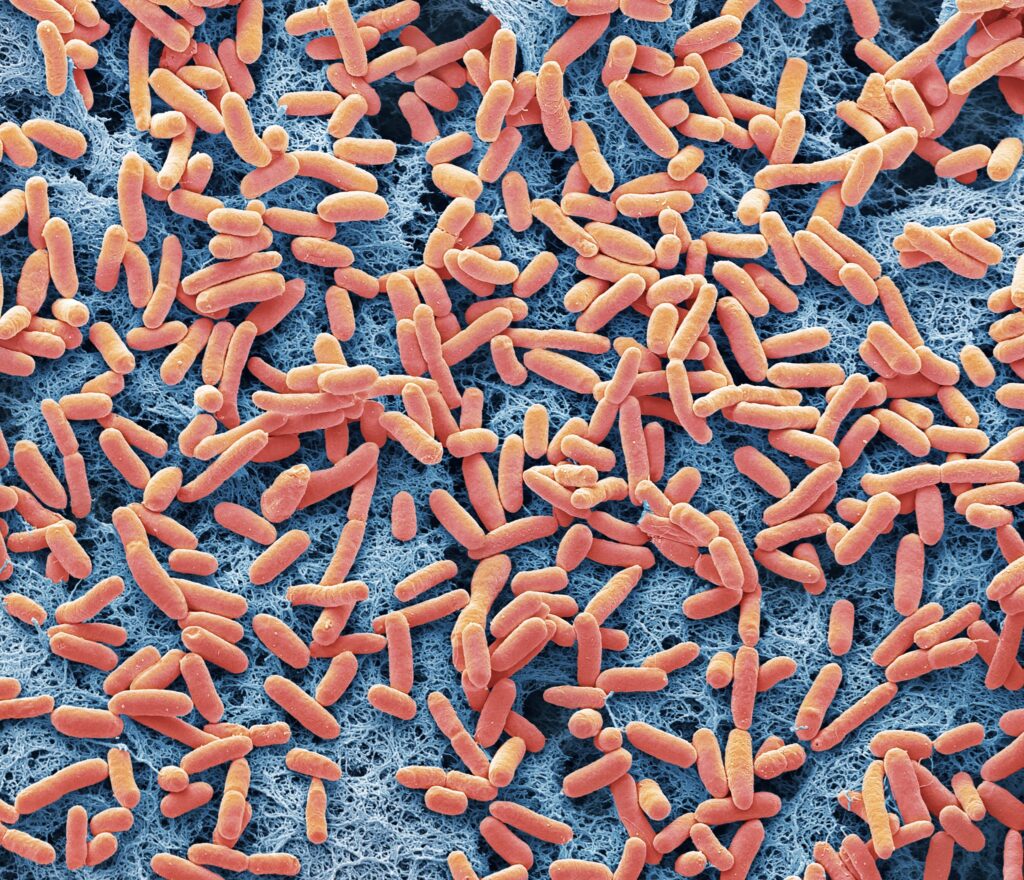Researchers from the University of California (UC), San Diego, UC Riverside, and Utsunomiya University in Japan have demonstrated the feasibility of using microbial cell factories to amplify the production of scarce plant hormones. Full details are published in a Science paper titled, “Evolution of interorganismal strigolactone biosynthesis in seed plants.”
In it, the researchers describe a study focused on strigolactones, a special class of hormones in plants, that are difficult to study because plants produce them in small quantities. Plant scientists are interested in strigolactones because of their roles in controlling plant development, regulating symbiotic relationships between plants and soil microbes, and triggering the germination of parasitic plants. These roles are performed by “canonical strigolactones, which primarily have external signaling roles, and noncanonical strigolactones, which are believed to primarily serve as hormones,” the researchers wrote.
Scientists have discovered about 30 strigolactones. To study them, scientists have to use laborious methods and large quantities of plant material to get enough of a sample. To get around this challenge, scientists from UC San Diego and their collaborators elsewhere co-cultured Escherichia coli cells and Baker’s yeast to create a mini factory that can produce large quantities of different strigolactones. These cell factories produce strigolactone yields over 125 times higher than previous microbial consortiums. Details of how they developed the co-cultured platform were published in an earlier Science Advances paper.
Realistically, scientists need about 1,000 L of xylem sap to extract enough strigolactone for experiments. This ensures they have enough to cover losses from isolating and purifying the compound, explained Yanran Li, PhD, corresponding author on the current Science study and a professor in UC San Diego’s department of chemical and nanoengineering. Scientists can usually get about 340 L of sap from seven or eight poplar trees—less than half of what they actually need. “By using this microbial cell factory, you can bypass extracting tons of xylem sap and thus destroying dozens of trees to discover the molecules important for the physiology of plants,” Li said.
In the paper, the scientists describe how they used the cell factories to elucidate a previously understudied hormone. All strigolactones have a common ancestor. What drives the conversion of that precursor to the different subtypes is a protein-coding gene, CPY722C, which is found in most flowering plants. Because sisters to that gene are widely found among seed plants, Li and her team hypothesized that these sister genes, labeled as CYP722A and CYP722B, might also make strigolactones of essential biological roles.
To investigate, the researchers tested what happens with the sister genes in co-cultured E. coli and Baker’s yeast. Using the cells, they expressed CYP722A and CYP722B genes from 16 different plant species, including poplar, pepper, pea, and peach. They also used techniques from metabolic engineering to optimize the output concentrations of strigolactones.
Among the strigolactones produced by the sister genes is 16-hydroxy-carlactonic acid (16-OH-CLA). This particular hormone has been reported in previous studies but its exact structure and importance are unclear. Since the scientists were able to produce enough of a sample from the cultures, they have been able to elucidate its structure. The team was also able to learn some new details about 16-OH-CLA. For example, they only detected it in plant shoots but not roots, unlike other strigolactones. The compound is also not present at all times in all plants. For annual plants like pepper or the common pea, the compound disappears once the plant matures. For trees like poplar, its presence is seasonal.
Though they applied the factories to just one type of hormone, the researchers believe that the platform could be used to produce large quantities of other types of scarce plant molecules.


